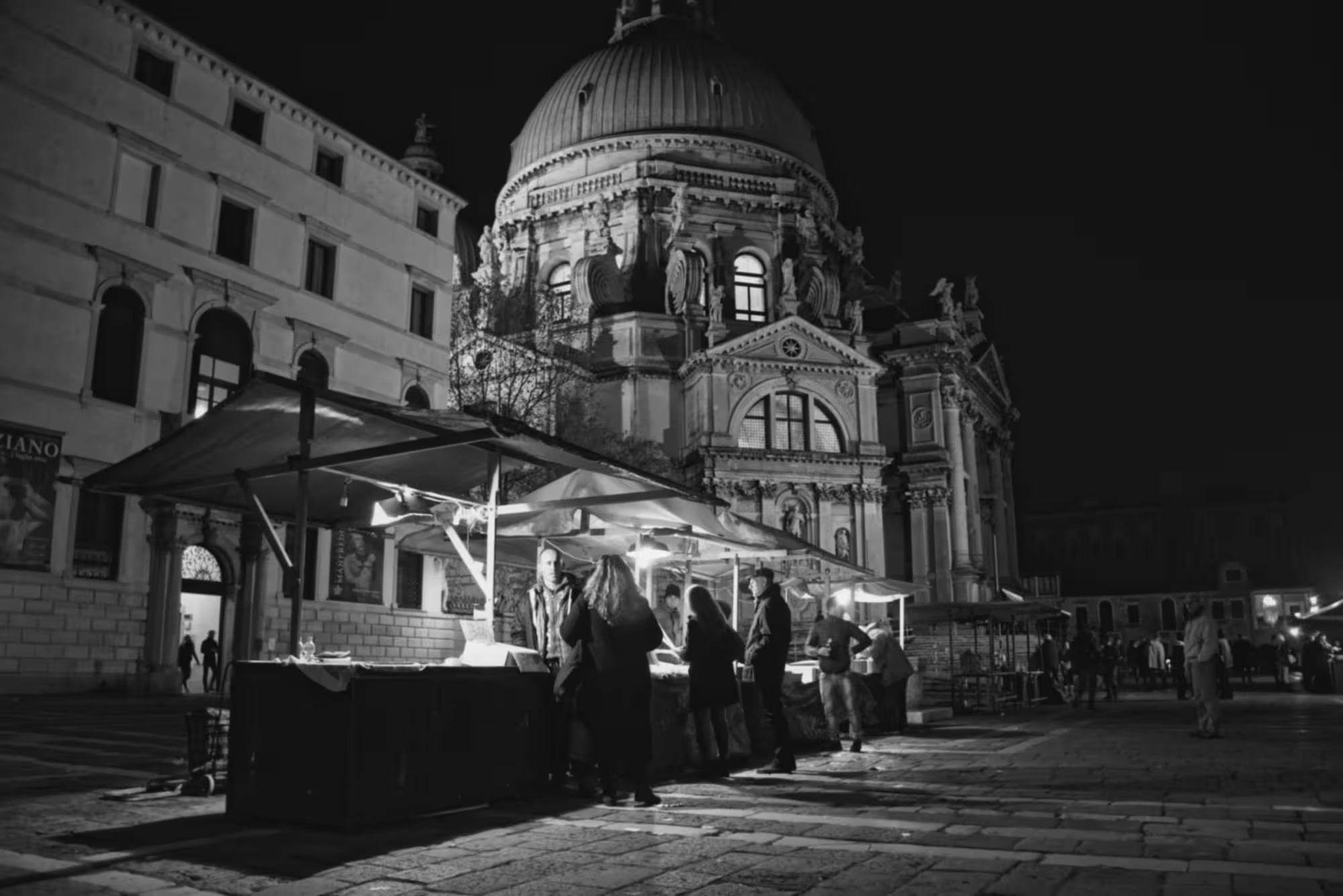Plague
-
404 Doctor Not Found
The iconic cloaked and beaked plague doctor is often associated with Venice, but there is no documentation that the figure ever existed in Venice.
-
The plague doctor
The plague doctor with the beaked mask might not have much to do with Venice — that figure is more likely to be French.
-
Quarantine in the 1600s
Quarantine was the main method of prevention of the black plague in Venice, and the lazzaretti served that purpose.
-
Capitoli Da osservarsi nelli Lazaretti — 1674
Full transcription of the Venetian text from the publication “Capitoli Da osservarsi nelli Lazaretti”, from 1674.
-
Bad air will get you sick
Bad air was believed to be a major cause of sickness in the past, based on Aristotle’s idea of miasma as the cause of disease.
-
Festa della Salute
The Festa della Salute each year on November 21st is an important holiday in Venice. The event celebrates the end of the plague in 1631.
-
Lazzaretto Vecchio – six centuries
On October 10th, 1423, exactly six hundred years ago, the Venetian state decided to create the first lazaret in the world.
-
Open day at the Lazzaretto Vecchio
The Lazzaretto Vecchio was open for visits this weekend. Openings are occasional and this was only occasion to see the island this year.
-
Six hundred years of Lazzaretto Vecchio
On this day, six hundred years ago, the Senate of the Republic of Venice decided to create the first ever permanent plague hospital, the Lazzaretto Vecchio
-
Festa del Redentore
The Festa del Redentore has been celebrated in Venice since 1577, to mark the end of the disastrous plague epidemic of 1575-77.









